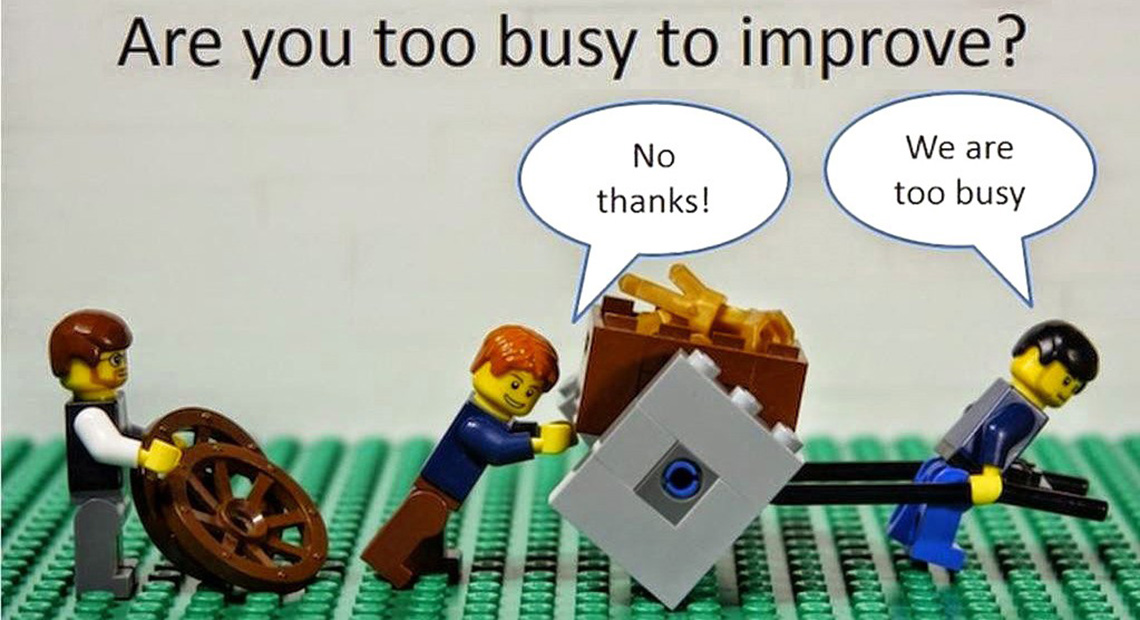Business agility is concerned with the adoption and evolution of values, behaviors and capabilities that enable businesses and individuals to be more adaptive,
more creative and resilient when dealing with complexity, uncertainty and change. Agility aim to achieve business outcomes with less waste (effort). To be truly Agile, an organisation needs to operate in a very different way, with leadership, values and building the collaborative environment that enable business change.
Usually my approach when I join a new organization, is to discuss expectations, understand company's culture, and perform value stream mapping, which in turn will highlight areas of waste, where we can possibly improve.
It's a journey and we need to be on the same page everyday, incrementally. That's why Agile is a mindset rather than a group of processes promising spectacular changes in the organization.
In Agile we don't fix problems, we expose them, so that collectively we can discuss and find a solution.
For any given problem, there are often multiple solutions. We just need to discover them.
A solution doesn't need to be perfect. We don't believe in perfection since there is no such thing in this world, rather we believe in good-enough. That's more realistic, right?
But what is culture? Culture can be described in many ways, in a general sense we can probably say: “The way things get done".
In a business context we're especially interested to minimize waste, and increase productivity. That's why embracing change, and individual interaction, become essential to achieve more agility and stay competitive in the market.
But of course the journey is challenging, and we need to inspect and adapt as we move forward.
For example, 'busyness' is a buzz word defined to identify a group of people that are 'too busy to improve'.
There are hilarious images if you Google around, that will make you laugh, but the main point is that this resistance is real, and it's a real impediment in the agile journey.
So it's up to the Agile Coach and the leadership to set expectations, and a strategy that can work, because each company is different and something that worked for one Team, may not necessarily work for another.
Sometimes the company feels unable to change, and get stuck. So what do they do? They change (fire) the Agile Coach, or they 'tweak' the Agile framework, or simply they use 'agile terminology' to show that they're agile. Unfortunately this doesn't yield the benefits of becoming more agile.
We live in a global economy and teams are often distributed across different countries. It's when we value multi-cultural environments that we can expand our point of view, and access solutions that are often more innovative.
The old fashioned command and control approach, become an impediment in some areas, where the Team is skilled and become self-organizing. With online educational courses available today, people acquire skills that were previously available only in universities and high-schools. Human values like Respect and Peace become important to build multi-cultural Teams, and to change organizational and engineering culture.


